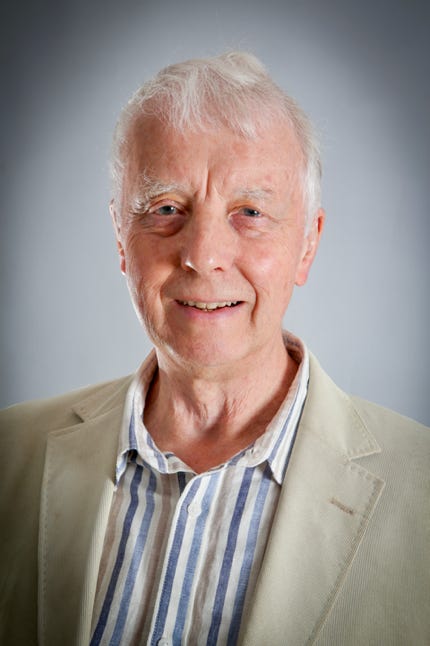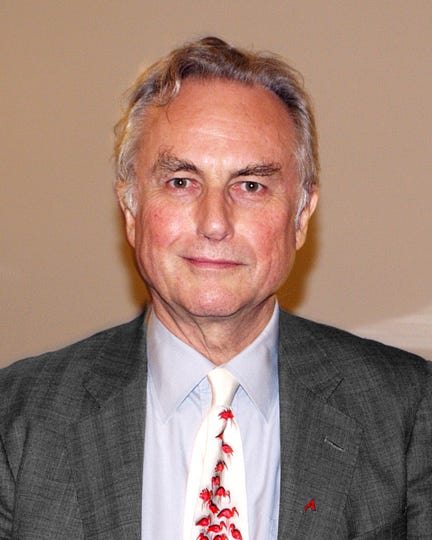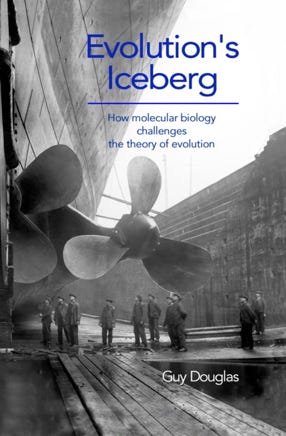About the Author

Guy Douglas
Guy was brought up in 1950s Beith, for a hundred years the most important furniture manufacturing town in Scotland. He earned his BSc (Hons) in electrical and electronic engineering at the University of Glasgow, later gaining an MSc in digital electronics from Heriot Watt University in Edinburgh. With Hewlett Packard, and later Agilent Technologies, his thirty years in the Scottish electronics industry, “Silicon Glen” as it was called, encompassed the design and manufacture of instrumentation used in the testing of telecommunications networks. As someone who enjoyed a career in engineering, the author loves the scientific approach and its accomplishments, is pro-science in its pursuit of truth about the workings of the universe and optimistic about the potential for technology to continue to provide solutions to existing and emerging world problems.
The author therefore comes to the topic of evolution with an engineering bias. Why is this significant? Well, an evolutionary biologist will typically assume evolution to be true and then go on to ask “why" questions such as, “Why did Homo sapiens evolve a large brain?” or “Why was colour vision first lost in most mammals and then later regained in some primates?” meaning “What were the evolutionary benefits of these adaptations?” The author, however, is more interested in “how” questions, such as, “How did Homo sapiens evolve upright walking?” or “How did a bat evolve echolocation?” by “numerous, successive, slight modifications”, to use Darwin’s words. The standard “how” answer offered by evolutionary biology is that, given lots of time, novel biological features (such as echolocation and upright walking) will “emerge” as a result of natural selection acting upon random genetic variations.
But the engineer wants to know how, or even whether, this mechanism is capable of generating the new information required at the detailed molecular level within living cells. Astonishing discoveries made in molecular biology over the last fifty years or so are not only rendering the “how” questions even more pressing, but are also revealing answers that challenge the received Darwinian wisdom’s most consequential claims.

Guy’s theological affiliation is to Christianity. Some readers might therefore protest that his Christian worldview will bias his conclusions in relation to evolutionary theory. But this can be countered in two ways.
First, many Christians have no problem reconciling the theory of evolution with their religious beliefs. Francis Collins, who led the Human Genome Project, is an example of this view. Such Evolutionary Creationists believe that God used the process of evolution to create life. So belief in God does not automatically lead to rejection of evolutionary theory.
Francis Collins

Second, if the author’s theological bias discounts him from critiquing biological evolution, then surely the other side of the same coin is that atheists (such as Richard Dawkins) should be discounted from promoting the theory on account of their (or his) atheistic worldview. Why so? The reason an atheistic a priori bias is important when evaluating evolutionary theory is that, for the atheist, some form of naturalistic (meaning unguided, undirected) evolution must be true. The atheist believes there is no Creator. Therefore life must have happened by a combination of chance and natural law.
